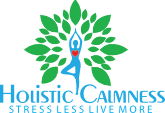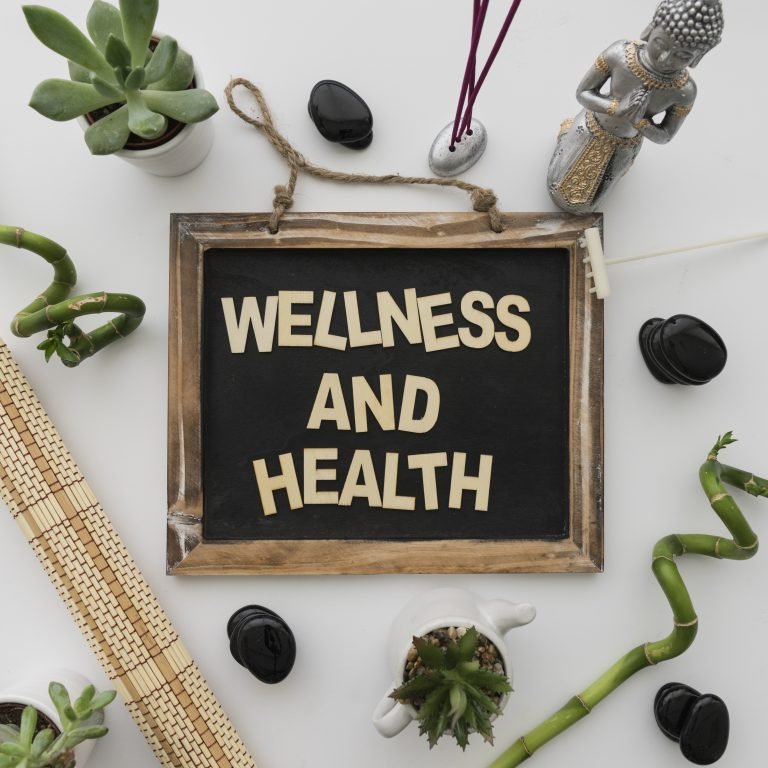5 Relaxation Techniques for Stress to Calm the Mind and Body
Individuals get stressed or anxious some time in their lives. There are things and situations that can trigger this feeling such as going for a job interview, public speaking and all the rest. There are relaxation techniques for stress relief that an individual can use that will make a difference.
For many individual’s stress will come and go as a part of the normal condition of humanity. Whether it is an occasional or constant affliction, dealing with stress, depression or anxiety is highly important.
Stress is often characterized by a general sense of nervousness and unease and has negative impacts on daily life. Individuals feel anxiety or stress in many life events, as well as senses trepidation of impending disasters. Individuals suffering from stress feel tired, troubled, irritable and isolated. This can be a serious problem especially if left untreated.
Individuals are usually prescribed with drugs and particular medications to combat anxiety and stress. Medications are not preferred and carry with them unwanted side effects. Relaxation techniques for stress are therefore often preferred. These relaxation techniques come in varieties of flavors, but the following 5 relaxation techniques are proven to be effective for stress
5 Relaxation Techniques for Stress Relief
-
Progressive Relaxation Technique
This is the type that is typically studied and practiced by many. The progressive relaxation technique includes going around the body’s muscle groups, initially tensing and then relaxing each one.
- Begin by tensing your neck and shoulders.
- Take a slow, deep breath and squeeze the muscles in your neck or shoulder as hard as you can for about 5 seconds. It is important to feel the tension in the muscles, which at first may be a bit uncomfortable.
- Next, release the tension and let yourself relax. Do this for about 15 minutes for each group of muscles, and you will notice how relaxed you feel.
Keep in mind that you can do this even when you are calm. With practice, this relaxation technique for stress becomes easy to spot especially when individuals become anxious and muscles are tense.
2. Applied Relaxation
This relaxation technique builds on the first technique which is progressive relaxation. First, you need to learn to calm or relax your muscle groups one by one.
- Start with hands, fingers, forearms, biceps, and shoulders. Repeatedly tense and then release each of these muscle groups about 5 seconds, then relax it for 10-15 seconds.
- The next phase is cutting out the sensing stage and moving straight to muscle relaxation. Focusing on relaxing to release the tension from each muscle group from the head to toe.
- You need to breathe and think ‘in’ and as you exhale think ‘relax’ and release tension. Practice this daily and achieve a relaxed state in 2-3 minutes. Do this relaxation technique for 15 to 30 minutes twice a day or as needed. With applied relaxation technique, you will learn how to relax really quickly.
3. Autogenic Training
This is an old relaxation technique for stress that will help to relax the muscles progressively. In order to do this, you need to induce the feeling of warmth into your muscles.
- It begins with lying flat on your back on a carpeted floor or in bed. This will enhance your ability to feel the heaviness of your arms and legs. Eyes are closed and deep breathing begins.
- Take a deep breath then exhale slowly. Use a mental count, making sure that the count as you exhale is twice as long as your count for inhaling. For instance, as you inhale count it as “One,” then exhale count it as, “One, Two.” Inhale counting, “One, Two;” exhale counting, “One, Two, Three, Four.” Go up the scale to six counts in, twelve counts out which will help you relax.
- Next, you will then follow with several mantras that involve the arms, legs, heart and solar plexus.
‘My arms are heavy. My left arm is heavy. My right arm is heavy. Both of my arms are heavy.” Each of these mantras will be done for 30 to 40 Seconds.
Repeat the same mantra but this time it’s for your legs.
Next, your mantra will be “My arms are warm. My right arm is warm. My left arm is warm. Both arms are warm.”
Repeat the same for your Legs.
Your third mantra concerns calming the heart. “My heartbeat is calm and regular.” then followed by “my breathing is calm and regular.”
Next is “My solar plexus is warm.” The solar plexus can be found in the mid-section of your body. Below the chest and just above your stomach area. This will help you add a feeling of central warmth and peace to your body:
Last but not least is, “My forehead is cool.” This will add a calm, stabilizing sensation of coolness to your forehead.
This relaxation techniques for stress would be great to help you relax just before you go to sleep.
4. Meditation
Meditation is a great relaxation technique for stress, and with many other benefits. There are different types of meditation, for instance, Zen Meditation, Vipassana Meditation, Mindfulness Meditation, Metta Meditation, Mantra Meditation and many others. This is an individual choice, but it can also work perfectly for individuals suffering from stress. Meditation for some is somewhat difficult, but this relaxation technique for stress can give you peace of mind. In a way, your attention is being focused as well.
5. Cognitive Behavior Therapy
This relaxation technique targets the body and the mind. This is mainly a talking therapy wherein you typically have to go to a reliable psychologist that can help you deal with your thinking patterns. This therapy will help individuals to overcome their current problems by changing their unhelpful thinking, behavior, and emotional responses. If these relaxation techniques for stress are put in practice, it can help to alleviate a person’s stress. It will help a person to stay calm so that the stress symptoms do not get aggravated. So relaxation can delay the progress of stress and minimize the symptoms. Overall relaxation techniques can help to promote a generally enhanced quality of life. Keep in mind, that there are benefits to making relaxation techniques for stress as part of your daily routine.








